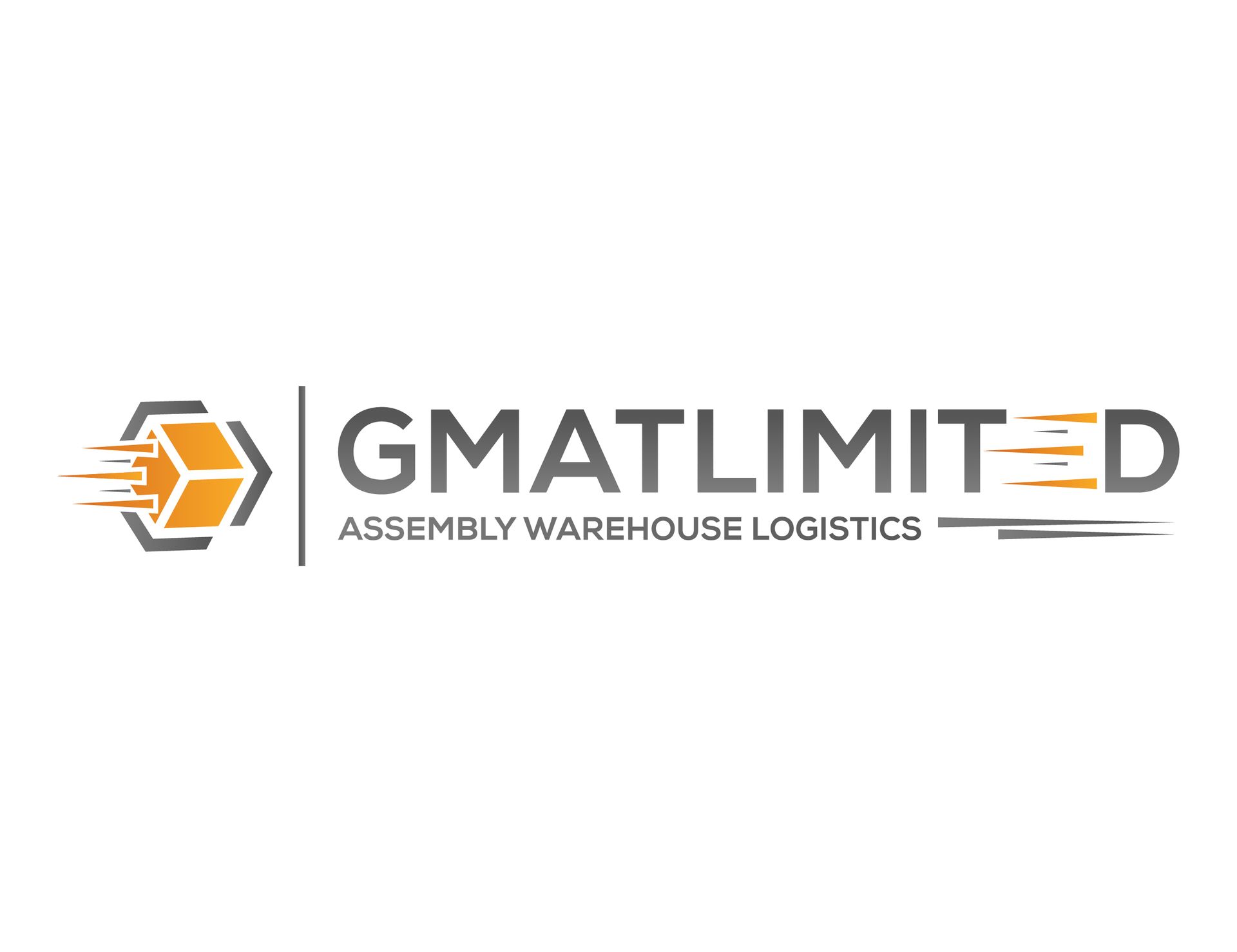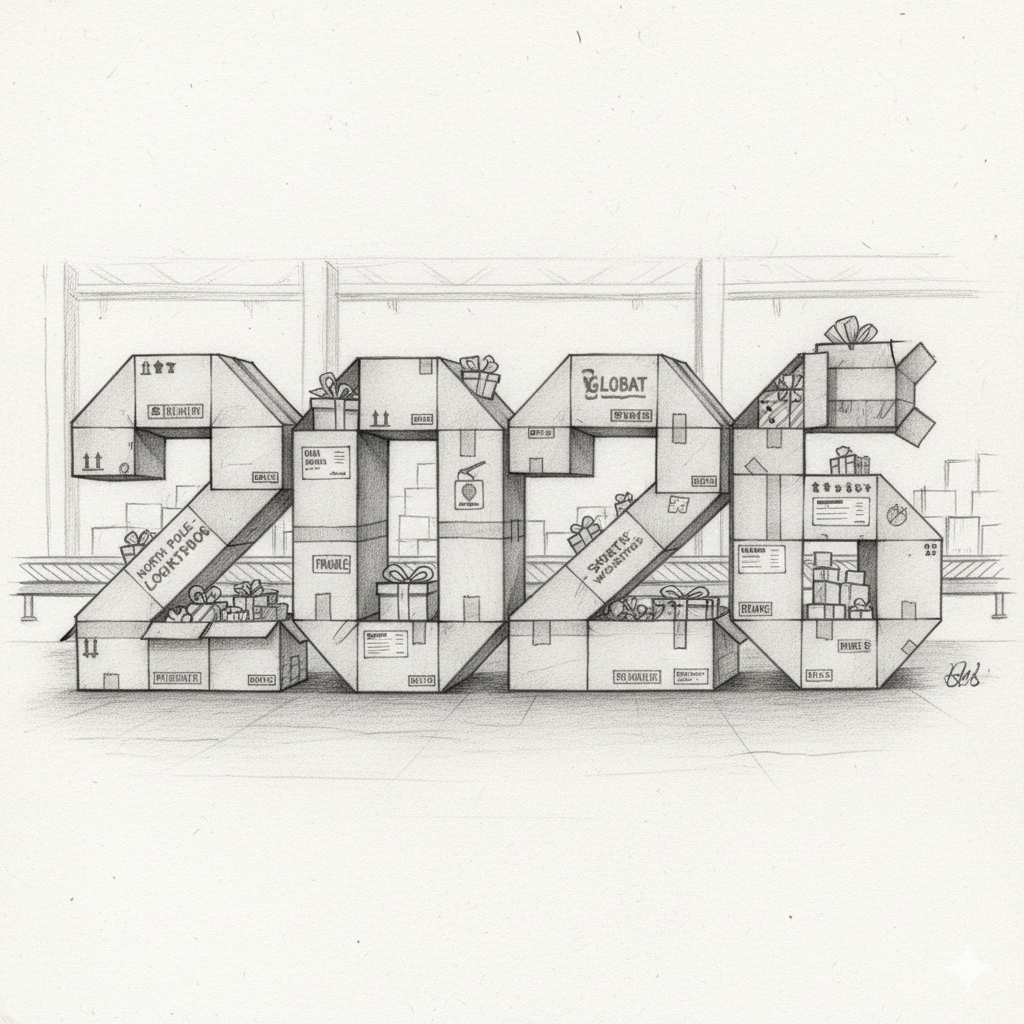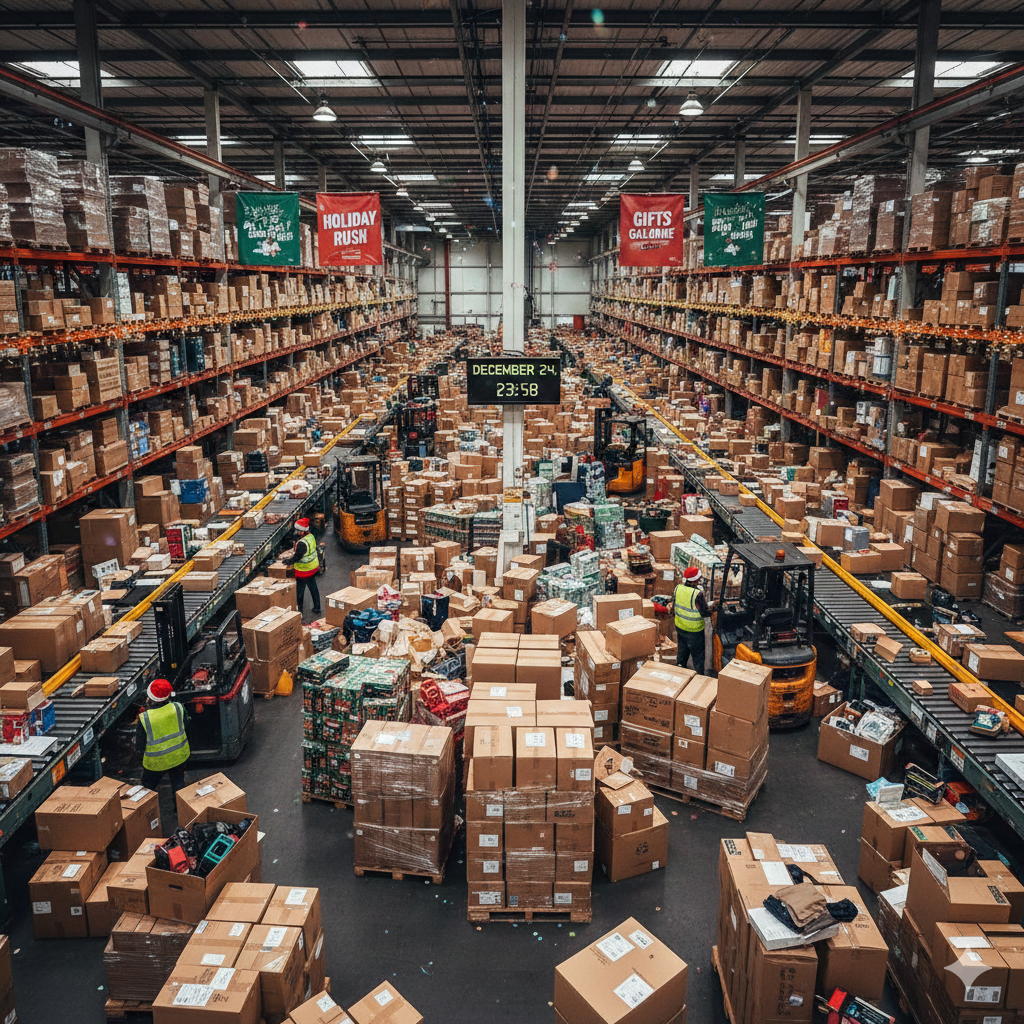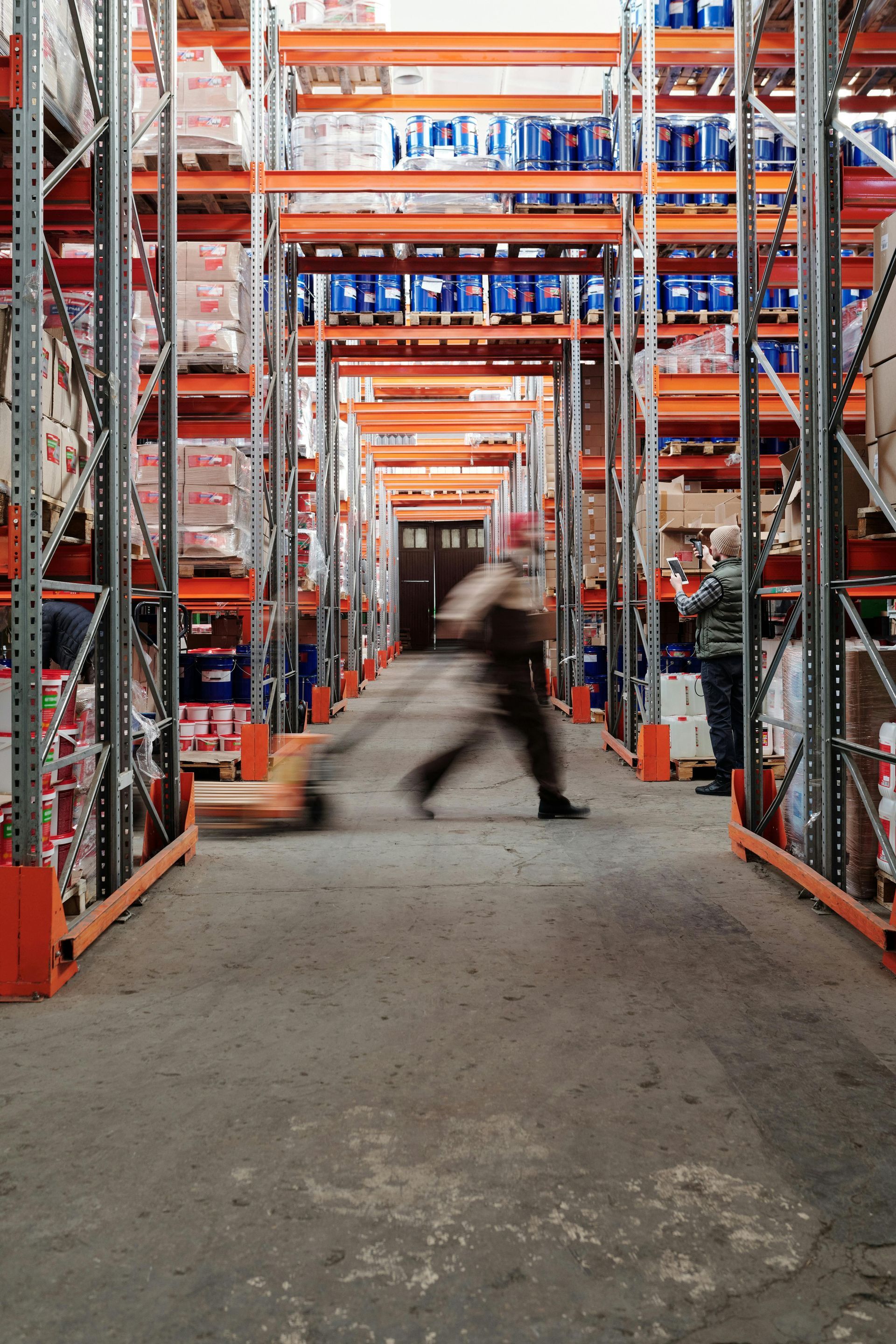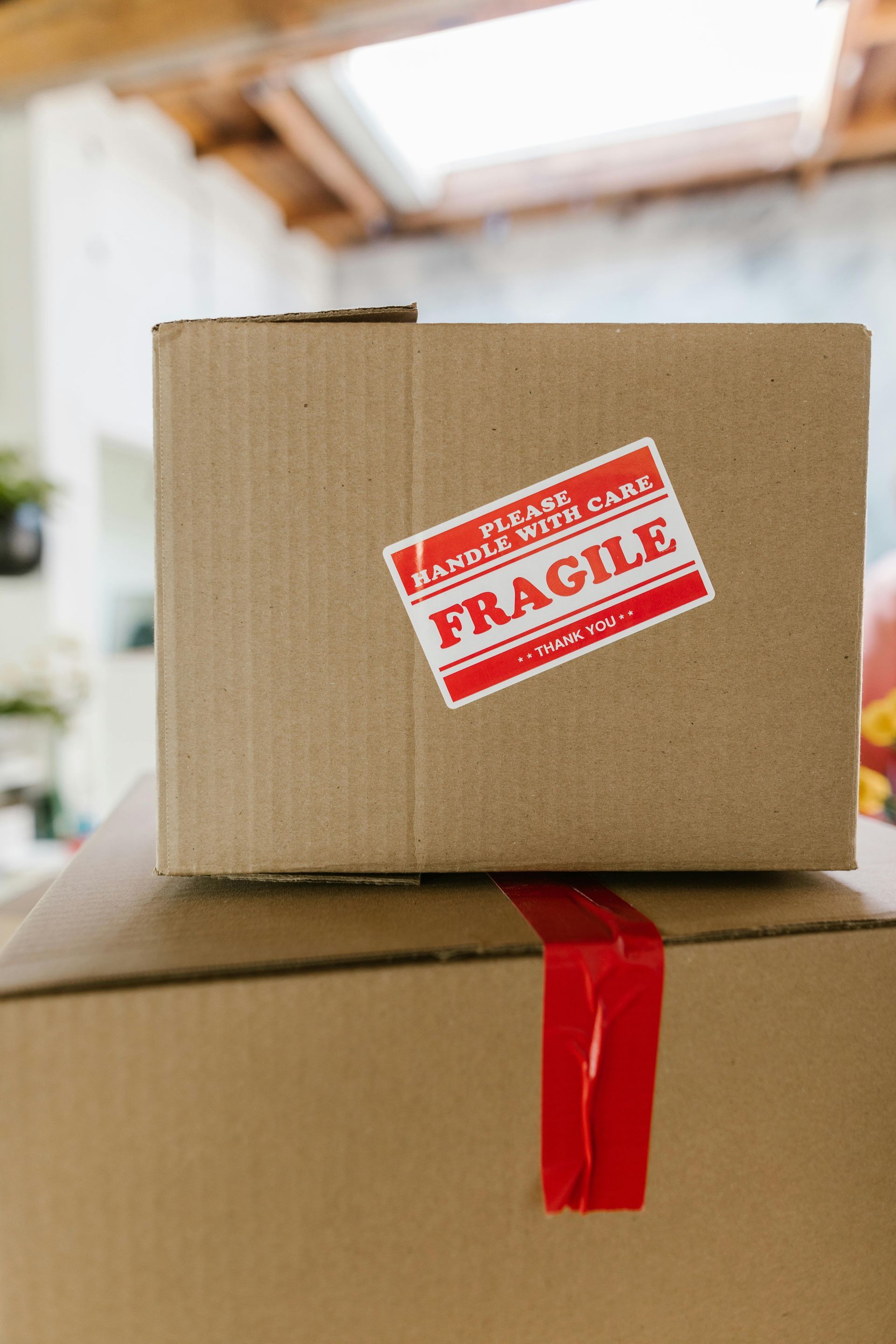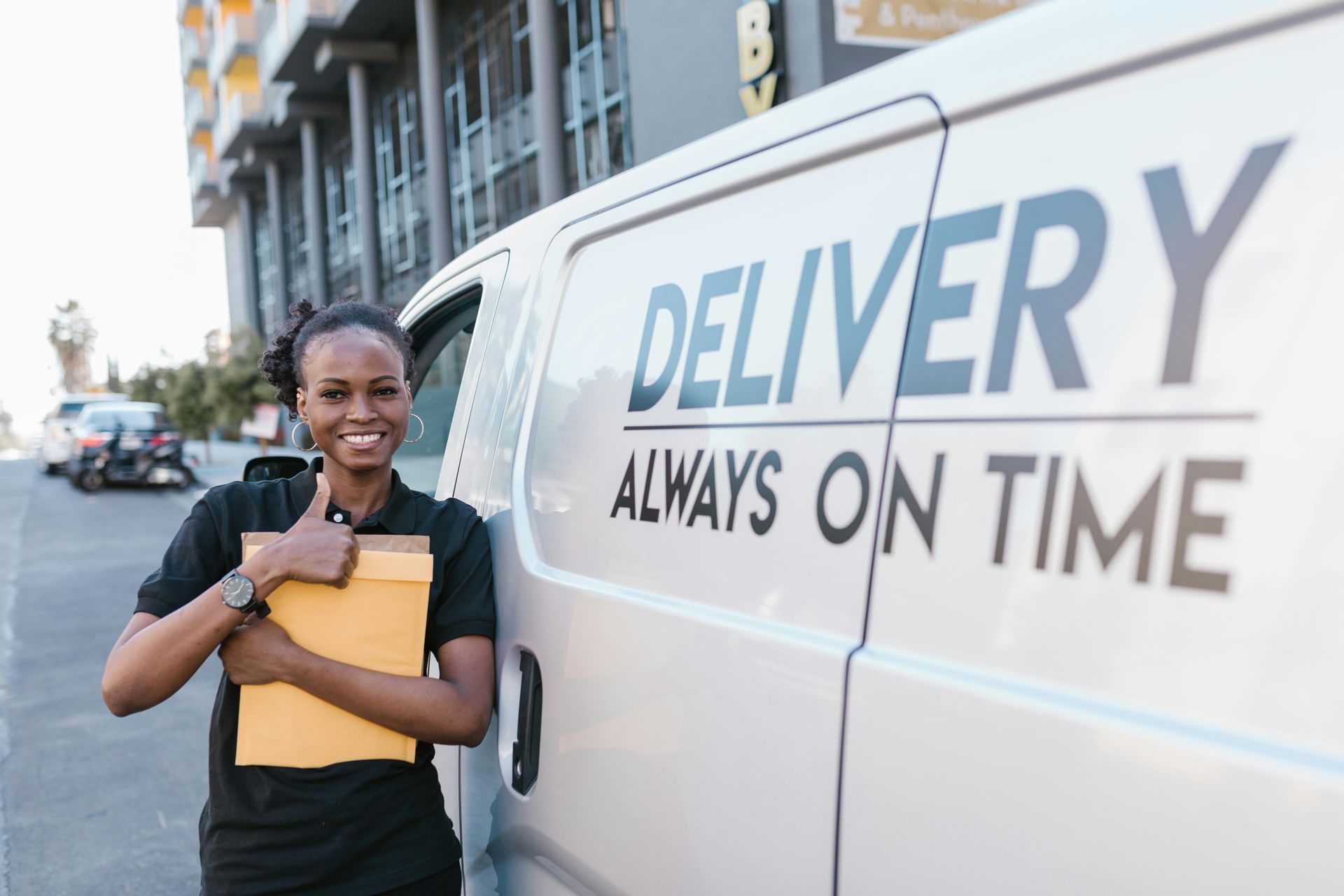What Is Last-Mile Delivery and Why It Matters
Last-mile delivery is the final step in the supply chain journey, where products travel from a distribution center or hub to the customer's doorstep. This crucial phase often determines customer satisfaction and business success, making it one of the most critical components of modern logistics operations.
The significance of last-mile delivery has grown exponentially with the rise of e-commerce and changing consumer expectations. Customers now demand faster, more flexible delivery options, putting pressure on businesses to optimize their final mile delivery processes while managing costs effectively.
Understanding last-mile delivery meaning and implementing effective last-mile logistics solutions can transform your business operations, improve customer relationships, and create competitive advantages in today's marketplace.
Key Takeaways
- Last-mile delivery is the final step where products reach customers and represents a significant portion of total shipping costs
- Customer expectations for fast, flexible delivery options drive business decisions and competitive positioning
- Technology solutions like route optimization and last-mile tracking significantly improve delivery efficiency
- Multiple delivery models exist, from traditional courier services to innovative drone and autonomous vehicle solutions
- Environmental sustainability is becoming increasingly important in last-mile logistics strategies
- Successful implementation requires balancing cost efficiency with customer satisfaction and delivery speed
What Is Last-Mile Delivery
Last-mile delivery refers to the transportation of goods from a distribution center, warehouse, or fulfillment hub to the final destination, typically a customer's home or business. This segment is the concluding phase of the supply chain and often proves to be the most complex and expensive part of the entire delivery process.
The term originated from telecommunications, where it described the final leg of connectivity from a provider to an end user. In logistics, the concept has evolved to encompass various delivery methods, including traditional courier services, postal delivery, specialized last-mile delivery companies, and emerging technologies like drone delivery.
Modern last-mile delivery service options include same-day delivery, next-day delivery, scheduled delivery windows, and alternative pickup locations such as lockers or retail stores. These options reflect the growing demand for convenience and flexibility in how customers receive their purchases.
The Economics of Last-Mile Delivery
The financial impact of last-mile logistics cannot be overstated. Industry estimates suggest that final mile delivery can account for a substantial portion of total shipping costs, often representing the most expensive segment of the delivery process. This high cost stems from several factors, including fuel expenses, labor costs, vehicle maintenance, and the complexity of navigating residential areas.
Delivery density plays a crucial role in cost management. Urban areas with high delivery density allow for more efficient routes and lower per-delivery costs, while rural deliveries often require longer distances and higher expenses. This economic reality influences pricing strategies and service availability across different geographic regions.
Last-mile delivery companies continuously seek ways to optimize costs through technology investments, route planning software, and innovative delivery models. The balance between cost efficiency and customer satisfaction remains a primary challenge for businesses across all industries.
Why Last-Mile Delivery Matters
Customer Experience Impact
Last-mile delivery directly shapes customer perceptions and loyalty. A smooth, timely delivery creates positive experiences that encourage repeat purchases and word-of-mouth recommendations. Conversely, delayed, damaged, or complicated deliveries can damage brand reputation and drive customers to competitors.
Real-time last-mile tracking has become an expected feature, allowing customers to monitor their packages and plan accordingly. This transparency reduces anxiety about delivery timing and provides customers with control over their experience. Businesses that offer comprehensive tracking solutions often see higher customer satisfaction scores.
Delivery flexibility also impacts customer experience significantly. Options such as delivery time windows, alternative pickup locations, and rescheduling capabilities accommodate varying customer schedules and preferences. These features have become competitive differentiators in many markets.
Business Competitive Advantage
Effective last-mile logistics solutions create substantial competitive advantages in today's marketplace. Companies that excel in delivery speed, reliability, and convenience often capture larger market shares and command premium pricing for their products and services.
The rise of e-commerce has made delivery capabilities a primary factor in purchase decisions. Customers frequently choose retailers based on delivery options, speed, and cost rather than product price alone. This shift has elevated last-mile delivery from a necessary expense to a strategic business asset.
Businesses that invest in superior last-mile delivery service capabilities can expand their market reach, serve customers in previously inaccessible areas, and differentiate themselves from competitors who rely on standard shipping methods.
| Delivery Model | Advantages | Best For |
|---|---|---|
| Traditional Courier | Established infrastructure, reliable service, wide coverage | Standard deliveries, business-to-business shipping |
| Crowdsourced Delivery | Flexible capacity, cost-effective, same-day options | On-demand delivery, urban areas, food delivery |
| Autonomous Vehicles | Reduced labor costs, 24/7 operation, consistent service | Planned routes, suburban areas, future implementation |
| Pickup Points | Lower costs, secure storage, customer convenience | High-density areas, regular commuters, cost-conscious customers |
Technology and Innovation in Last-Mile Delivery
Route Optimization and Tracking
Advanced route optimization software has revolutionized last-mile delivery efficiency. These systems analyze multiple variables, including traffic patterns, delivery windows, vehicle capacity, and driver schedules, to create optimal delivery routes. The result is reduced fuel consumption, shorter delivery times, and improved driver productivity.
Real-time last-mile tracking capabilities provide unprecedented visibility into delivery operations. Customers receive updates about their package location, estimated delivery times, and any delays or changes to the schedule. This transparency builds trust and allows customers to plan their availability accordingly.
GPS tracking, mobile applications, and automated notifications work together to create seamless communication between delivery teams and customers. These tools also provide valuable data for the continuous improvement of delivery processes and customer service quality.
Emerging Technologies
Drone delivery technology continues to advance, with several companies conducting pilot programs and regulatory approvals. While still in early stages, drones offer potential solutions for specific scenarios such as medical deliveries, rural areas, and emergencies where traditional delivery methods face challenges.
Autonomous delivery vehicles represent another frontier in last-mile logistics solutions. These vehicles promise to reduce labor costs, operate around the clock, and provide consistent service quality. Current implementations focus on controlled environments and specific routes while technology continues to mature.
Smart lockers and pickup points are gaining popularity as alternative delivery solutions. These systems allow customers to collect packages at convenient times while reducing delivery costs and failed delivery attempts. The technology integrates with existing logistics networks to provide flexible last-mile options.
Challenges in Last-Mile Delivery
Cost Management
Managing delivery costs while meeting customer expectations presents ongoing challenges for businesses. The high expense of final-mile delivery stems from factors including labor costs, fuel prices, vehicle maintenance, and the time required for individual deliveries in residential areas.
Delivery density significantly impacts cost efficiency. Urban areas with multiple deliveries per route offer better economics than rural areas where drivers may travel long distances between stops. This reality influences service availability and pricing strategies across different markets.
Balancing cost efficiency with service quality requires strategic decision-making about delivery options, service areas, and pricing models. Companies must evaluate trade-offs between speed, convenience, and cost to develop sustainable last-mile delivery solutions.
Environmental Considerations
Environmental sustainability has become increasingly important in last-mile logistics planning. The proliferation of delivery vehicles contributes to urban congestion, air pollution, and carbon emissions, prompting businesses and regulators to seek greener alternatives.
Electric delivery vehicles, cargo bikes, and optimized routing help reduce environmental impact while maintaining service quality. Many last-mile delivery companies are investing in sustainable transportation options and renewable energy sources for their operations.
Consolidation strategies that group multiple deliveries reduce the number of individual trips and associated emissions. These approaches balance environmental benefits with customer convenience and delivery speed requirements.
Solutions and Best Practices
Implementation Strategies
Successful last-mile logistics solutions require comprehensive planning that considers customer needs, operational capabilities, and market conditions. Key implementation strategies include:
- Conducting thorough market analysis to understand customer preferences and the competitive landscape
- Investing in technology infrastructure, including tracking systems, route optimization, and customer communication tools
- Developing partnerships with local delivery providers or last-mile delivery companies to expand service capabilities
- Creating flexible delivery options that accommodate different customer preferences and schedules
- Establishing performance metrics and continuous improvement processes to optimize operations over time
Measuring Success
Effective measurement of last-mile delivery performance requires tracking multiple key performance indicators. Delivery success rates, on-time performance, customer satisfaction scores, and cost per delivery provide insights into operational effectiveness and areas for improvement.
Customer feedback and delivery experience surveys offer valuable qualitative data about service quality and customer expectations. This information helps businesses refine their last-mile delivery service offerings and address specific pain points in the delivery process.
Regular analysis of delivery data enables businesses to identify trends, optimize routes, and make informed decisions about service expansion or modification. Data-driven approaches lead to more effective last-mile logistics solutions and better customer outcomes.
Frequently Asked Questions
What is the difference between supply chain and logistics?
The supply chain is the complete network from raw materials to the final customer. Logistics is the operational component that handles the movement and storage of goods. Think of the supply chain as the strategic big picture and logistics as the tactical execution.
Do small e-commerce businesses need to understand all these terms?
Small businesses don't need to master every term, but understanding the most relevant ones to your situation is valuable. If you're launching and plan to use a 3PL, focus on fulfillment and service agreement terms. As your business grows, inventory management terminology becomes more critical.
What is the role of a 3PL in e-commerce?
A 3PL handles logistics operations that would otherwise require building your own infrastructure. This includes warehousing, receiving orders, picking and packing items, coordinating shipping, and managing returns. This works well for businesses with unpredictable demand, limited capital, or geographic expansion needs.
How do SKUs help with inventory management?
SKUs allow your systems to precisely track inventory. Rather than saying "red t-shirts," your system refers to a specific SKU number for red t-shirts in medium size. This granularity prevents confusion, enables automated reordering, and makes picking faster and more accurate.
What does lead time mean, and why does it matter?
Lead time is the number of days between placing a supplier order and receiving the goods. It matters because it determines how much inventory you need on hand. Understanding lead times helps you negotiate better with suppliers and forecast inventory needs accurately.
Final Thoughts
E-commerce logistics is fundamentally about movement: from suppliers to warehouses, from warehouses to customers, and managing returns. The terminology that has developed around this industry exists for practical reasons. Each term represents a specific concept or measurement that matters for business operations.
Understanding logistics terminology gives you confidence to engage with partners and make decisions grounded in operational reality. Whether you handle fulfillment in-house or work with 3PLs, this vocabulary enables clearer communication. As you move forward, return to these definitions whenever unfamiliar terminology appears. Over time, this language becomes second nature and helps you optimize operations and reduce costs.
Ready to take control of your e-commerce logistics? Explore our logistics solutions designed for growing online businesses.
Reference:
https://www.researchgate.net/publication/395160373_The_Impact_of_Last-Mile_Delivery_Logistics_Service_Quality_Factors_on_Customer_Loyalty_The_Case_of_Online_Shopping_in_the_Mekong_Delta_Region
